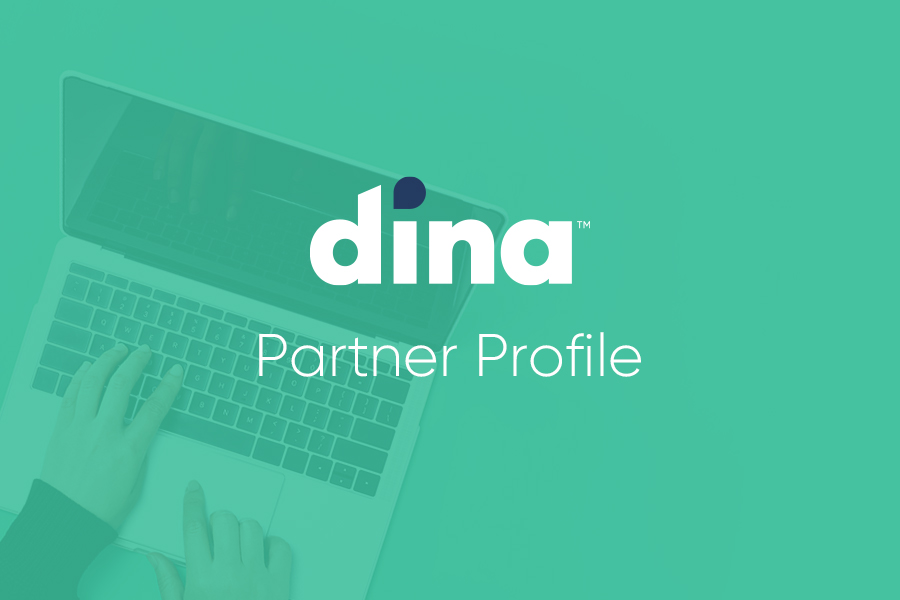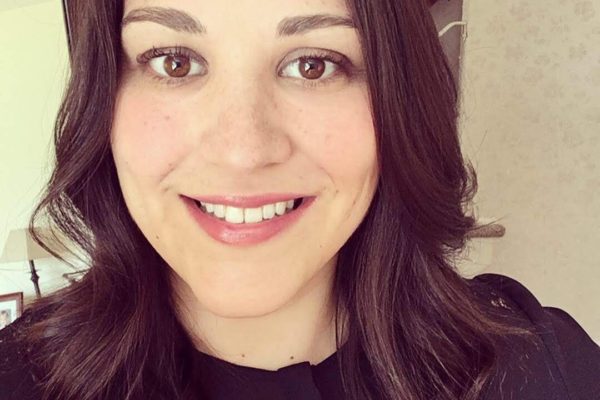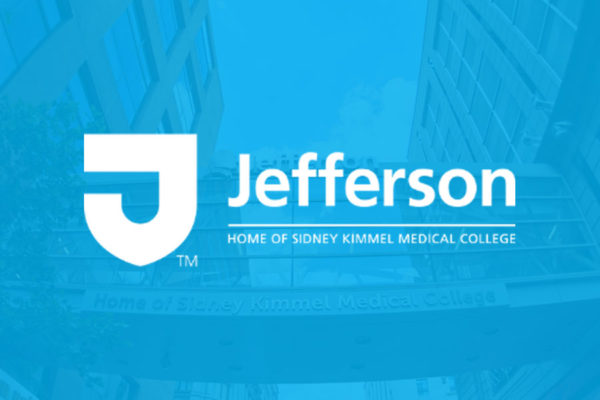
Jefferson Health, a 14-hospital health system with locations in Pennsylvania and New Jersey, wanted to extend care to its 1,400 Covid-positive patients who were recovering in their homes. Working with Dina, two of its hospitals launched remote patient monitoring capabilities, using mobile technology to connect with patients on a daily basis and track symptoms.

- How have your patients responded to remote monitoring during the pandemic?
The overwhelming response from patients has been positive and appreciative. Our team of six nurses has managed more than 21,000 “digital dialogues” to track symptoms and recovery and give people a sense of connection with the hospital and their care teams. For patients recently discharged from the hospital, we are able to make sure they have a safe landing back into the home setting, and they are reassured that someone with a clinical eye cares enough to check-in.
- What does your nursing team say about the remote monitoring experience?
Our nurses call themselves the “Dina-mite” team, and they would not have been able to provide this level of support on their own. During the Covid surge, it would have been nearly impossible to provide that level of daily, high-touch outreach with only a handful of nurses to make sure everyone was well-supported through recovery.

We’re also able to coordinate wrap-around services like primary care follow-ups, answer questions about medication or discharge instructions, even offer emotional support and education for patients and families. We view this as an opportunity to close care gaps and ensure we’re providing the right services at the right time. Our goal is to establish a cost-effective model that optimizes care and improves the overall patient experience.
- How will you incorporate what you’ve learned to remotely monitor additional patients?
This has been a great way to leverage technology and engage with patients in a different way. It’s reduced the phone tag that may result in a delay of care and often causes aggravation on both ends. And we’ve identified new opportunities to extend care to more patients outside of the hospital, including patients with complex conditions such as Congestive Heart Failure (CHF) and Chronic Obstructive Pulmonary Disease (COPD).
We’ve identified new opportunities to extend care to more patients outside of the hospital, including people with complex conditions. With this model we can connect before a minor concern turns into a major health event.
We’re hoping to track device-level data from blood pressure cuffs, weight scales, and pulse oximeters so we get a fuller picture of what’s happening in the home. This model will help us connect with our patients before a minor concern turns into a major health event.
Want more Dina news? Sign up for our newsletter for twice-monthly industry updates.




